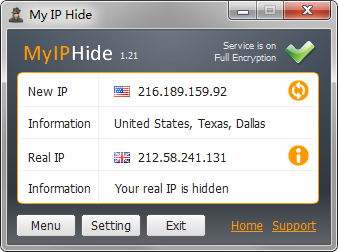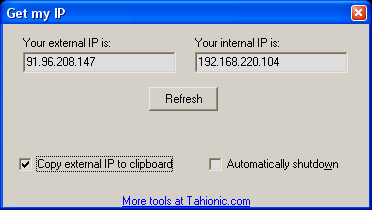As an internet user, you can no longer get by without an IP address. Even if it is not present in our daily use, it nevertheless represents an important part of our identity in the net. Here experts explain to you exactly what it is and what an IP address fulfils.
What is an IP address?
“IP” is the abbreviation for “Internet Protocol Address” and translated means “Internet Protocol”. This is the address of a network, computer or laptop – similar to your home address. Even smartphones and wireless printers have their own IP address. For my ip support this goes perfect now.
What is the IP address for?

Let’s say you want to check the weather on the internet today: You open your browser, type in the search query “Weather” and you will see the search results displayed. In order for the browser to be able to show you the search results, it needs your IP address or the address of your device. The browser does not know where to send the information without your IP address much like the postman needs your address to deliver a parcel.
You may be wondering how much your IP address reveals about you? Do not worry: the IP address allows you to determine your location and course on the Internet. However, these data are only visible to your Internet service provider and only for a short time. According to data protection laws, Internet service providers must promptly delete their history and location data after an Internet session has expired.
Construction and variants
This number combination represents the IP address of a network. Each connected device, in turn, receives its own IP address; the first three blocks of numbers match those of the network in this case, for example, “192.168.123.1”. This type of IP address is referred to as the IPv4 standard because each of four number blocks from 0 to 255 is separated by one dot each.
However, there are only a limited number of available IP addresses with this standard. It’s clear that at some point, there will be more Internet-enabled devices than available IP addresses. For this reason, a new standard called IPv6 has been introduced. New IP addresses now each consist of eight number blocks and can contain letters as well as numbers. Thus, an infinite number of individual IP addresses are available.
Find your own IP address
Basically, you will find your IP address in the network properties of the network settings, i.e. in the system settings of your device. On Windows PC, it is synonymous with the keyboard shortcut “Windows” and “R” . Enter “cmd.exe” in the search field and confirm with entering. A black window will appear, in which you will see your IP address after entering “ipconfig” and confirm with entering.
Usually, however, you do not need to know your own IP address because IP address assignment to devices and their detection by the browser are automated. Hope you found this tip helpful and now know exactly what is behind an IP address.
Every computer connected to the Internet gets an IP address. This is necessary so that the device can be clearly identified because only then can the data really arrive. Sometimes it can be helpful to know your own current IP address.



